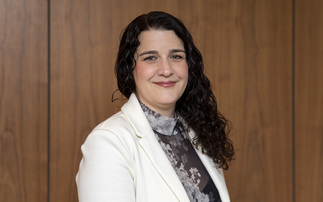Policies often cover the breadwinner, but should we be selling more protection to cover events affecting other family members? Greg Becker looks at the Australian answer
Insurance products rarely involve only one person. For life insurance policies, the beneficiary is certainly not the insured life, while in critical illness (CI) policies, the beneficiary can be the insured life.
Policies can have payments triggered when insured events happen to other lives - CI plans often include a child benefit and some policies are starting to include benefits when policyholders elect to become the carer of loved ones.
Recognising the role of the family as an integral unit in financial affairs. Some products have been developed to reflect this.
For example, in South Africa many "family funeral plans" have been developed where the death benefit is paid out on the passing of any family member.
In Australia, there have been various responses, and in this article we will look at two of them.
Suncorp has looked from a different angle at the question of who should be covered.
The majority of insured lives are males, especially when the numbers of workers covered in group schemes is factored in.
The focus on cover has often been on the breadwinner (usually the father) and protecting the family's income, but does this truly protect families?
TWO PRODUCTS, ONE AIM
Suncorp has created the Million Dollar Woman campaign to draw attention to the value of a mother and housewife by trying to look at the cost of purchasing the services of the "million jobs" that fall into the housewife's job description.
It has a nifty tool called the Domestic Goddess Worth Calculator, used to estimate the costs of replacing a mum who cleans, cooks, washes, drives, does the gardening and looks after the children.
Suncorp estimates that ten years' worth of a housewife's services could cost more than a AU$1m (£651,000) to replace.
The Suncorp policy also includes "Living Insurance" benefits - extending the concept of protection from life insurance payable on death to other benefits that are paid prior to death to the housewife, including:
■ Day-to-day living expenses cover (to keep the household going when the housewife is "temporarily out of action")
■ Serious sickness cover (to help the family with tasks while the housewife recuperates), and
■ Kids cover (so that the housewife can care for their children when they are sick or injured).








